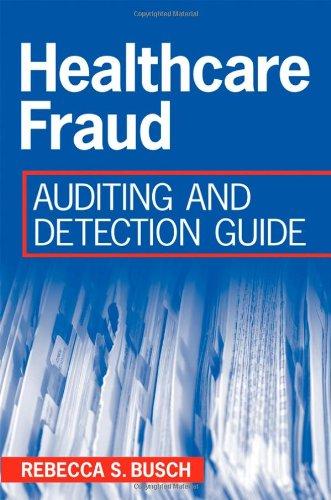

P2-47. Use Additional Information from 10-K to Analyze Financial Statements Community Health Systems operates general acute care hospitals in communities across the United States. The company reports the following information in Schedule II of its 2017 10-K. SCHEDULE ||VALUATION AND QUALIFYING ACCOUNTS Balance at Acquisitions Bad Beginning and Debt $ millions of Year Dispositions Expense December 31, 2017, allowance for doubtful accounts ... $3,773 $3,054 December 31, 2016, allowance for doubtful accounts .. 4,110 (365) 2,849 December 31, 2015, allowance for doubtful accounts 3,504 (17) 3,168 Write- Offs Balance at End of Year $ (21) $(2,936) $3,870 (2,821) 3,773 (2,545) 4,110 Accounts receivable represents the amount customers owe Community Health Systems for services ren- dered. The balance in the allowance for doubtful accounts is the company's best estimate of the amount that customers will not repay. Community Health Systems' balance sheet and income statements reported the following. $ millions 2017 2016 2015 Revenue. Operating income (loss) before tax Total assets $18,398 (1,878) 17,450 $21,275 (860) 21,944 $22,564 1,337 26,861 Required a. Compute the common-size allowance for doubtful accounts for each year. Compare 2017 to the prior years; what do we observe? What is one conclusion analysts might draw from this analysis? b. On average, the firms in the S&P 500 report common-size allowance for doubtful accounts between 3% and 5%. Why might Community Health Systems ratio be so much higher? How could an analyst verify this inference? c. Compute the common-size bad debt expense for each year. Interpret the ratio for 2017. What trend do we observe? d. If the company had recorded bad debt expense of $2,554 in 2017 (which is $500 less than actually recorded), which of the following would be true? (Ignore taxes for this question.) 1. The company would have reported operating loss of $1,378 and cash flow would have been $500 higher. 2. The company would have reported operating loss of $2,378 and cash flow would have been $500 higher. 3. The company would have reported operating loss of $1,378 and cash flow would have been unchanged. 4. The company would have reported operating loss of $1,878 and cash flow would have been unchanged. P2-47. Use Additional Information from 10-K to Analyze Financial Statements Community Health Systems operates general acute care hospitals in communities across the United States. The company reports the following information in Schedule II of its 2017 10-K. SCHEDULE ||VALUATION AND QUALIFYING ACCOUNTS Balance at Acquisitions Bad Beginning and Debt $ millions of Year Dispositions Expense December 31, 2017, allowance for doubtful accounts ... $3,773 $3,054 December 31, 2016, allowance for doubtful accounts .. 4,110 (365) 2,849 December 31, 2015, allowance for doubtful accounts 3,504 (17) 3,168 Write- Offs Balance at End of Year $ (21) $(2,936) $3,870 (2,821) 3,773 (2,545) 4,110 Accounts receivable represents the amount customers owe Community Health Systems for services ren- dered. The balance in the allowance for doubtful accounts is the company's best estimate of the amount that customers will not repay. Community Health Systems' balance sheet and income statements reported the following. $ millions 2017 2016 2015 Revenue. Operating income (loss) before tax Total assets $18,398 (1,878) 17,450 $21,275 (860) 21,944 $22,564 1,337 26,861 Required a. Compute the common-size allowance for doubtful accounts for each year. Compare 2017 to the prior years; what do we observe? What is one conclusion analysts might draw from this analysis? b. On average, the firms in the S&P 500 report common-size allowance for doubtful accounts between 3% and 5%. Why might Community Health Systems ratio be so much higher? How could an analyst verify this inference? c. Compute the common-size bad debt expense for each year. Interpret the ratio for 2017. What trend do we observe? d. If the company had recorded bad debt expense of $2,554 in 2017 (which is $500 less than actually recorded), which of the following would be true? (Ignore taxes for this question.) 1. The company would have reported operating loss of $1,378 and cash flow would have been $500 higher. 2. The company would have reported operating loss of $2,378 and cash flow would have been $500 higher. 3. The company would have reported operating loss of $1,378 and cash flow would have been unchanged. 4. The company would have reported operating loss of $1,878 and cash flow would have been unchanged








